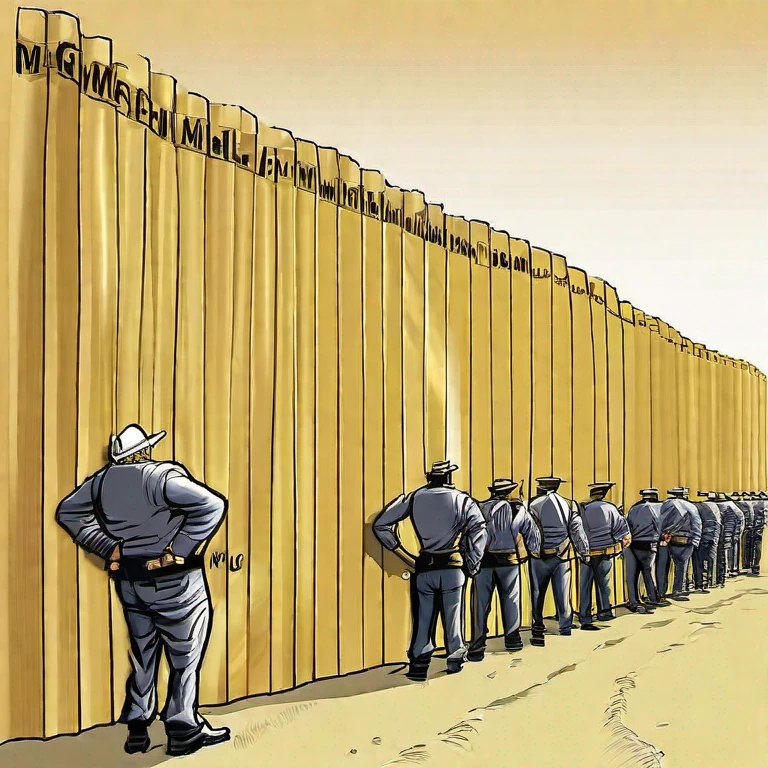Throughout his campaign and subsequent presidency, Donald J. Trump made building a wall along the U.S.-Mexico border one of his primary goals. This proposed barrier, intended to curb illegal immigration and smuggling, became a contentious topic that fueled debates and divided public opinion. One intriguing figure involved in shaping Trump’s immigration policy was Steve Bannon, the former White House Chief Strategist. This article delves into the story of the Mexican wall, Trump’s promise to construct it, and Bannon’s role in the process.
“I will build a great, great wall on our southern border. And I will have Mexico pay for that wall.”
Trump’s Promise
During his 2016 presidential campaign, Donald Trump promised to construct a wall along the U.S.-Mexico border to address concerns over immigration and national security. Trump argued that such a barrier would serve as a deterrent, screening out criminal elements and undocumented immigrants, thereby protecting American jobs and resources. His vow to build a wall resonated with his supporters, who believed a strong border would enhance national sovereignty.
Bannon’s Influence
Steve Bannon, an influential figure and key campaign advisor to Trump, played a significant role in shaping the President’s views on immigration policy. Bannon advocated for a hardline approach, emphasizing the need for fortified borders as a means to protect American economic interests and curb unauthorized entry. As Trump’s Chief Strategist, Bannon played a critical part in formulating policies and strategies to fulfill Trump’s campaign promise.
Policy Implementation
In the early days of Trump’s presidency, a series of executive orders were issued to kickstart the construction of the wall. These orders aimed to secure funding, hire more border patrol agents, enhance cooperation with local law enforcement, and streamline the deportation process. Despite encountering legal hurdles, Trump’s administration devised multiple strategies to realize its objectives, including redirecting military funding towards the border wall project.
Budgetary Challenges and Public Opposition
As time progressed, it became apparent that funding and logistical challenges posed significant obstacles to the speedy construction of the Mexican wall. The estimated cost of the project surged beyond initial projections, raising concerns about its financial implications. Additionally, widespread public opposition emerged, questioning the effectiveness and morality of the proposed barrier. Opposition groups argued that resources should be directed towards comprehensive immigration reform rather than exclusively focusing on physical barriers.
Reassessment and Lack of Completion
The promise to build a wall along the entire U.S.-Mexico border remained unfulfilled during Trump’s presidency. Despite constructing sections of the wall using available funding, the project fell short of its intended scope and faced staunch opposition from multiple fronts. As a result, the focus of border security shifted towards technological innovations, increased surveillance, and other alternative measures.
The Debate Continues
The quest to construct a Mexican wall, a central campaign promise of the Trump administration, encountered numerous challenges. Despite the initial enthusiasm and the involvement of influential figures like Steve Bannon, logistical and budgetary constraints, coupled with public opposition, hindered the project’s progress. Ultimately, the construction of the wall failed to meet the initial expectations, leading to a reimagining of border security strategies. As immigration debates continue, it remains essential to explore comprehensive solutions that address the complex issues surrounding border security while fostering a humane and efficient immigration system.
